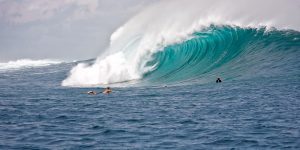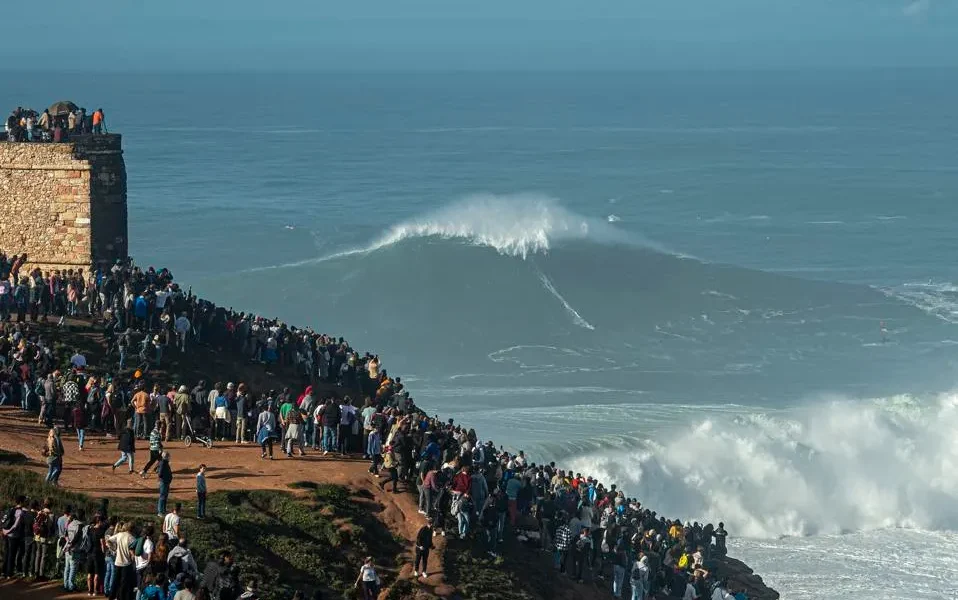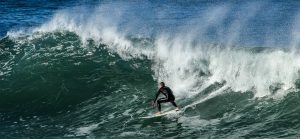Exploring the Surf Life in Portugal
Portugal, with its rugged coastline, golden beaches, and consistent Atlantic swells, has emerged as a premier destination for surf enthusiasts from around the globe. This article delves into the surf life in Portugal, exploring the best surfing locations and highlighting why this country has become a hotspot for surfing championships.
Surfing Hotspots in Portugal
Peniche:
Nestled on the Silver Coast, Peniche is a mecca for surfers. Known for its world-class breaks like Supertubos, this coastal town hosts several international surf competitions, including the Rip Curl Pro Portugal. The consistent waves and diverse surf spots make Peniche a must-visit for surfers of all levels.
Ericeira:
As a World Surfing Reserve, Ericeira boasts a variety of surf breaks suitable for different skill levels. Praia do Ribeira d’Ilhas is a popular spot, renowned for its long right-hand point break. The charming town, rich in maritime history, offers a vibrant surf culture and has earned its place as a top European surf destination.
Nazaré:
Nazare is synonymous with big-wave surfing. The massive waves generated by the underwater Nazaré Canyon attract daredevil surfers seeking record-breaking rides. It’s not only a challenge for professionals but also a spectacle for spectators. Nazare’s awe-inspiring waves have set the stage for numerous big-wave championships.
Sagres:
Located in the Algarve region, Sagres offers a more laid-back surfing experience. Surrounded by dramatic cliffs and untouched landscapes, it provides a serene backdrop for surfers. The waves here cater to various skill levels, making it an ideal destination for those looking for a relaxed surf vacation.
Why Portugal for Surfing Championships?
1. Consistent Waves:
Portugal’s exposure to the Atlantic Ocean ensures a consistent supply of waves throughout the year. This reliability makes it an attractive location for hosting major surfing events, offering surfers a reliable canvas to showcase their skills.
2. Diverse Surf Breaks:
The diversity of surf breaks in Portugal caters to surfers of all levels. From powerful reef breaks to gentle beach breaks, Portugal provides a range of conditions that challenge and inspire both beginners and professionals alike.
3. Stunning Scenery:
The picturesque landscapes that frame Portugal’s surf spots add an extra layer to the surfing experience. Cliff-lined coasts, pristine beaches, and charming coastal towns contribute to the overall allure of surfing in Portugal.
4. Surfing Culture:
Portugal’s rich maritime history and strong connection to the ocean have fostered a vibrant surfing culture. From local surf schools to surf festivals, the country celebrates its deep-rooted relationship with the sea, creating a welcoming atmosphere for surfers from around the world.
The Science Behind Portugal’s Surfer’s Paradise: Understanding Wave Formation

Surfers flock to the coastlines of Portugal, drawn by the promise of exceptional waves. The science behind wave formation and the unique geographical features of Portugal contribute to the creation of the ideal conditions for surfing. Here, we explore the scientific factors that make Portugal a mecca for wave riders.
Atlantic Ocean Dynamics:
Portugal’s extensive coastline is exposed to the powerful Atlantic Ocean, providing a constant source of energy for wave formation. The prevailing westerly and southwesterly winds generate swells that travel across the open ocean before reaching the Portuguese shores. These consistent and well-traveled swells contribute to the reliability of surf conditions.
Underwater Topography:
The underwater landscape along Portugal’s coastline plays a crucial role in shaping the waves. The presence of underwater canyons, such as the Nazaré Canyon off the coast of Nazaré, amplifies and focuses the incoming swells. This phenomenon leads to the creation of colossal waves, particularly renowned in Nazaré, making it a hotspot for big-wave surfers.
Point Breaks and Reef Breaks:
Portugal features a diverse range of surf breaks, including point breaks and reef breaks. Point breaks, like Ribeira d’Ilhas in Ericeira, occur when waves break over a protruding point or headland, creating long, predictable waves ideal for surfing. Reef breaks, like Supertubos in Peniche, result from waves breaking over a submerged rock or coral reef, producing powerful and hollow waves, perfect for advanced surfers.
Wind and Weather Patterns:
Wind patterns greatly influence wave quality. Portugal benefits from favorable wind conditions that help create clean and well-formed waves. Offshore winds, which blow from the land towards the ocean, smooth out the wave surface, allowing for longer rides and optimal surfing conditions.
Seasonal Variations:
Portugal experiences seasonal variations that impact wave conditions. The winter months, from October to March, typically bring larger swells, making it an ideal time for advanced surfers seeking challenging waves. Summer, on the other hand, sees smaller and more manageable waves, making it suitable for beginners and intermediate surfers.
Tidal Influence:
Tidal movements also contribute to wave dynamics. The rise and fall of tides can significantly alter the shape and size of waves. Surfers in Portugal often consider tidal charts to maximize their chances of catching the best waves during a session.
In conclusion, Portugal’s status as a prime surfing destination is deeply rooted in the intricate interplay of oceanographic and atmospheric factors. The consistent swells, diverse surf breaks, and unique underwater topography create an environment that caters to surfers of all levels, making Portugal a scientifically intriguing and surfers’ paradise. Portugal’s surf life offers a unique blend of consistent waves, diverse breaks, and a rich surfing culture. Whether you’re a seasoned pro or a beginner eager to catch your first wave, Portugal’s surf scene has something to offer. The hosting of prestigious surfing championships further solidifies Portugal’s status as a top-tier destination for surf enthusiasts, attracting wave riders to its shores year after year.

For tailor-made tours or other programs, please get in touch with us by telephone or by filling out the form below.


